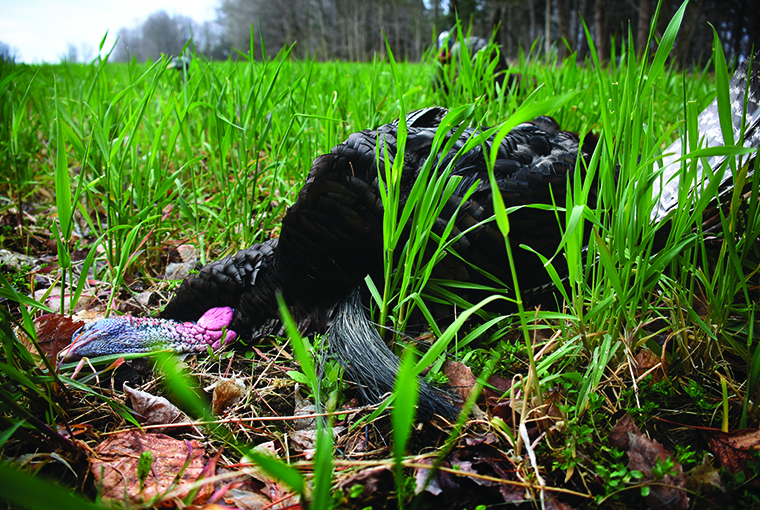
Remember those hunting videos where two toms come in, one gets shot and the other attacks the dead bird? If you have seen such a scene, you are fortunate. This is viewed as a display of the aggressive and competitive nature of toms, but what’s missed is the turkeys didn’t scatter when the gun went off.
When I’ve shot a bird after multiple toms came in, they scattered in all but one instance — evidence birds don’t always stay put. But, I have seen jakes stay put numerous times after the trigger was pulled. Usually, the birds act like something is up, but they don’t know what, and don’t immediately run off.
Last spring, my daughter shot at a jake and missed with the first shot. The birds moved a little but didn’t run. She then shot again and dropped one. The second one still hung around for a short time before heading back to the bush.
Another time, I shot at a tom and missed. I sat there for a half-hour thinking my morning was done. However, another tom and several hens came in from another direction a short time later.
This second group had to be within a few hundred yards and weren’t scared off by my initial shot.
What is noise to a turkey?
Stepping back and looking at it logically, does a turkey know what a gunshot is? I believe unless it was shot at before and saw a hunter, the answer is no. One spot where I hunt, the banging from local industry can be heard through most of the morning. It’s also not uncommon for wildlife to hear banging noises from agricultural operations. To a turkey, what is the difference between these noises and a gunshot?
Ontario veteran turkey hunter Adrian Hare agreed, saying he doesn’t believe the birds know what the noise is. “If they don’t see movement with noise they have a hard time figuring out just what they heard. You know that crack of thunder that comes out of nowhere. That sort of thing.”
He has seen birds hang around or come in after one is shot, on multiple occasions. Hare noticed it works better here than in the US. “I think the birds down there are smarter to hunters. There’s probably more hunters in the woods so they are more aware.”
Let’s also remember whispering quietly when deer are in front of you will send them packing, but with turkeys it isn’t so. It seems to me birds aren’t as sensitive to noise as deer.
The biologist’s view
“Often times birds can’t place where a sound came from or what happened,” said Mark Hatfield, a biologist and national director for conservation services with the National Wild Turkey Federation.
Hatfield also explained why a tom that wasn’t shot would attack the one that was down.
“They created a hierarchy system within the flock during the spring where the males have high testosterone and are concentrating on one thing: breeding.” If one tom is shot, the other one is taking advantage of its flockmate being down and exercising its dominance. This doesn’t occur every time, as its dependent on the flock hierarchy.
Using this to your advantage
The takeaway from this is what to do if you fire and miss. First, don’t move as there is no doubt the slightest movement can scare turkeys. If the turkey you missed leaves the area, be patient and wait, then crank up the calling again as it could be possible to call that bird back in. Even if the missed bird doesn’t come in, there could be others in the area that could respond to the calling.
Shooting a double with a hunting partner is another scenario where the turkey’s lack of response to noise can pay off.
Hare’s advice if multiple birds come in is for one hunter shoot first and remain still for the second hunter to find a shot opportunity. “I always tell everyone, shoot, but don’t move after shooting. Most times the birds are stunned by the shot and don’t know what to do.” He has even taken two birds with a hunting partner, where one gun was shared between them.
[Editor’s Note: In Ontario, the regs state two birds may not be taken on the same day by one hunter.]
Alternative takes
Hatfield had a different take on how to take a double. He suggests one hunter take the lead, both focus on a different bird and then do a countdown before shooting at the same time.
I think it’s safer to have simultaneous shooting then a shot and a follow-up shot,” he said. Hatfield’s fear was the first hunter who shoots, charged with adrenaline and making the shot, may forget safety protocol and jump up in front of the second hunter.
A double on turkeys is quite a feat, but ensure you do it safely. And, if you miss, just sit tight, it’s not the end of the world, or your day.

Jeff Helsdon lives in the turkey-rich woods of southwestern Ontario. He enjoys hunting upland game with his English cocker spaniel, hunting deer and waterfowl, and fishing with his wife and family. Reach Jeff at: mail@niteowldev.com
Originally published in the April 2021 issue of Ontario OUT of DOORS magazine.


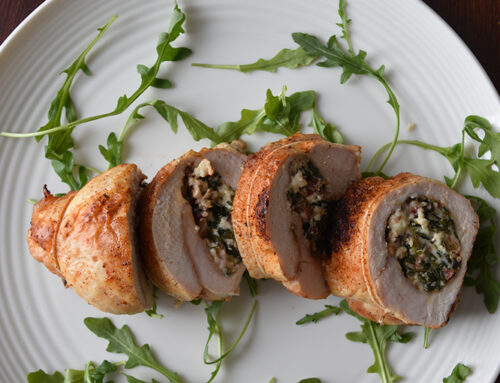
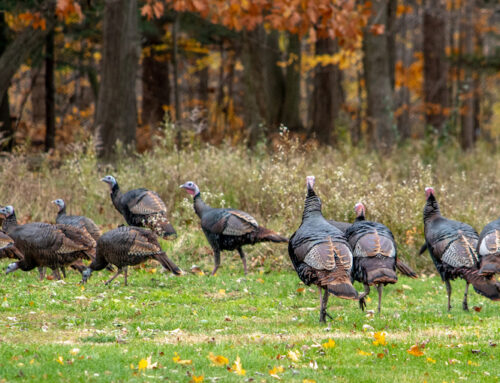
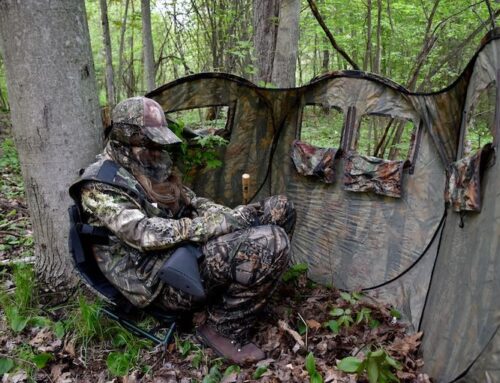
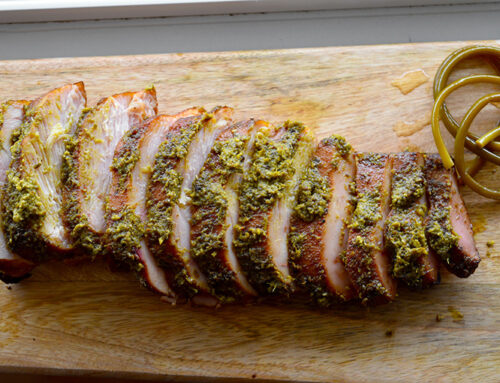
Leave A Comment